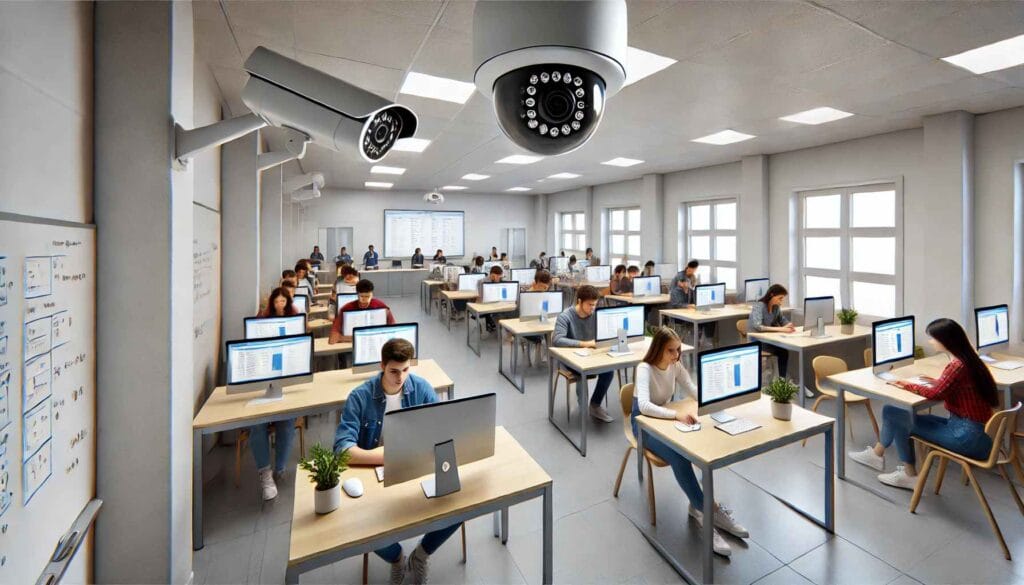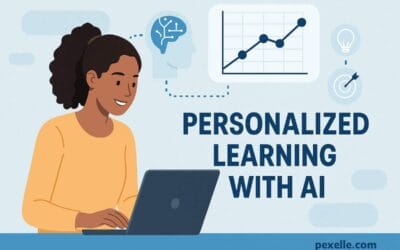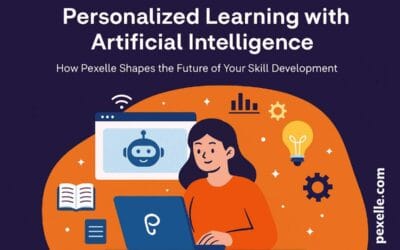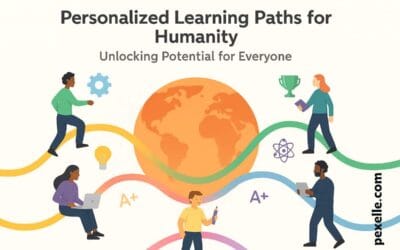Can AI Serve as a Suitable Alternative to Human Proctors in Exams?

In recent years, the implementation of Artificial Intelligence (AI) has revolutionized numerous industries, and one of the most significant areas where AI is making a noticeable impact is in education. Specifically, AI has shown potential in the context of exams and assessments. Traditionally, human proctors oversee exams to ensure fairness, prevent cheating, and maintain integrity. However, with the rapid advancement of AI technologies, the question arises: can AI serve as a suitable alternative to human proctors in exams?
The Role of Human Proctors in Examinations
Human proctors have long been a cornerstone in exam settings. Their primary responsibilities include:
- Monitoring for Cheating: Ensuring that students do not use unauthorized materials or engage in dishonest behaviors during exams.
- Assisting with Administrative Tasks: Helping students with any queries related to the exam process, such as clarifications on instructions or managing any unforeseen issues.
- Ensuring a Fair Environment: Maintaining an environment conducive to focusing, free from distractions or disturbances.
Despite these crucial roles, human proctors are not without limitations. They can be overburdened, prone to human error, or even subject to biases. Moreover, the scale of online education, particularly during the COVID-19 pandemic, has made it difficult to rely entirely on human proctors for online assessments.
The Potential of AI in Exam Proctoring
AI systems have made great strides in recent years and can offer several advantages when it comes to exam proctoring. Below are some ways AI can serve as an alternative to human proctors:
- Automated Monitoring and Cheating Detection: AI-powered software can monitor students during exams in real-time, analyzing behavioral patterns such as eye movement, keystroke dynamics, and voice patterns. It can detect if a student is looking away from the screen too often, using external devices, or accessing prohibited websites. Additionally, AI can flag irregularities such as multiple faces appearing in the webcam feed or the use of mobile phones.
- Facial Recognition and Identity Verification: AI can use facial recognition technology to ensure the identity of the student taking the exam, reducing the risk of impersonation. By comparing the student’s face with previously stored data, AI can confirm that the person taking the exam matches the registered identity.
- Real-Time Alerts and Interventions: When AI detects unusual behaviors, it can send real-time alerts to human administrators. These alerts can prompt an immediate intervention by a supervisor or trigger automatic actions, such as pausing the exam or issuing warnings.
- Minimizing Bias: One of the criticisms of human proctors is that they may be subject to unconscious biases or make subjective judgments. AI, on the other hand, can provide a more objective assessment of student behavior, treating every candidate equally without the potential for human error or bias.
- Cost and Scalability: AI-powered proctoring systems are often more cost-effective than hiring large numbers of human proctors. For institutions conducting online exams with thousands of students, AI systems offer an efficient solution that can scale without compromising on quality or security.
Challenges and Limitations of AI in Exam Proctoring
While AI brings many advantages, there are significant challenges to consider:
- Privacy Concerns: The use of AI to monitor students in real-time raises important questions about data privacy. Recording facial images, voice data, and other personal information during exams could lead to privacy violations, especially if the data is not properly secured or is misused. Strict regulations and safeguards must be put in place to ensure that student data is handled ethically and securely.
- False Positives and Inaccuracies: AI systems are not foolproof, and they can sometimes generate false positives, flagging innocent behaviors as suspicious. For instance, if a student briefly looks away from the screen, it might be misinterpreted as attempting to cheat. AI systems must be trained on large datasets to reduce the likelihood of such inaccuracies, but the risk still exists.
- Technological Accessibility and Reliability: AI-based systems often require reliable internet access, high-quality cameras, and sufficient computing power. Students in remote areas or those without access to adequate technology may face challenges in using such systems, leading to inequalities in the assessment process.
- Over-reliance on Technology: Over-dependence on AI systems may lead to the erosion of human judgment. While AI can detect specific behaviors, it might miss context or nuanced situations that a human proctor could catch. For instance, a student may appear to be distracted because they are thinking through a difficult problem, not because they are cheating.
Conclusion
AI has the potential to serve as a valuable tool in exam proctoring, providing efficient, scalable, and objective monitoring. It can offer a viable alternative to human proctors, particularly in large-scale online assessments. However, the challenges surrounding privacy, accuracy, and accessibility must be addressed before AI can fully replace human proctors in exams.
Ultimately, a hybrid approach combining AI and human oversight may be the most effective solution. AI can handle routine monitoring tasks, while human proctors can intervene when necessary, ensuring the integrity of the examination process without relying entirely on one or the other. As AI continues to evolve, its role in exam proctoring will likely become more prominent, but it will require continuous refinement to ensure it meets ethical, technical, and practical standards.
Source : Medium.com




